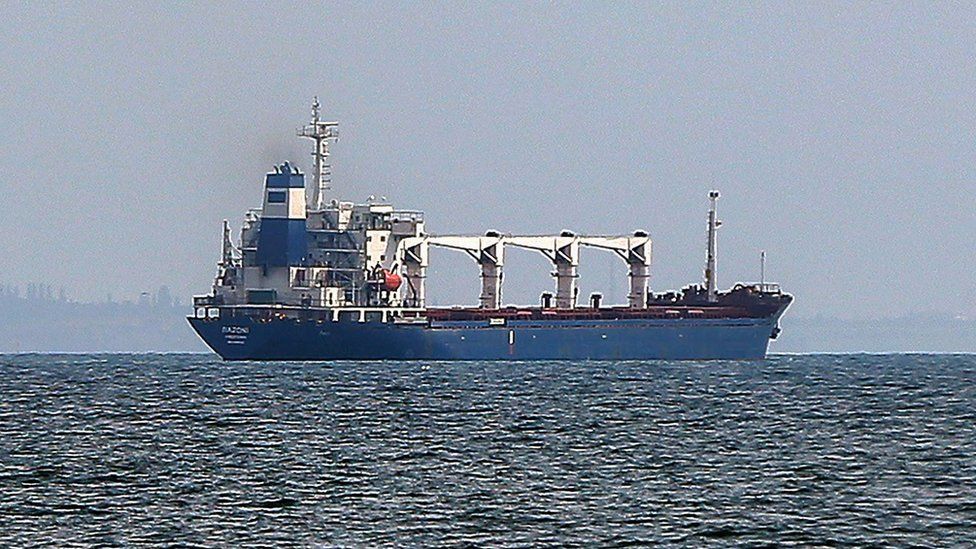KARACHI: Pakistan claims that it will repay nearly $22 billion in interest and foreign debt over the next year in an effort to avoid default.
After the IMF program is successfully resumed, the dollar-strapped government is expected to begin negotiations with creditors to restructure its foreign debt. The country’s debt obligations are currently much higher than the expected inflows in the coming years.
According to data from the State Bank of Pakistan (SBP), Pakistan will pay back $21.95 billion in debt in one year; on the total debt, $2.60 billion in interest and $19.34 billion in principal.
The Pak-Kuwait Investment Company (PKIC) has provided data indicating that the central bank does not anticipate any inflows of foreign debt over the next twelve months.
According to the breakdown of the data, the nation will pay off $3.95 billion in a month. It is expected to repay $4.63 billion in the next three months and another $13.37 billion in the last eight months of the review period.
“Pakistan is going through an extraordinary financial crisis,” PKIC Head of Research Samiullah Tariq told the Express Tribune. As a result, extraordinary measures must be taken.
To get out of its current financial crisis and into a certain future, the nation needs careful planning. It ought to use all of the options that are available to control spending abroad and increase income, he added.
Tariq said, “The country needs to boost the confidence of overseas Pakistanis and make the domestic economy attractive in order secure increased Roshan Digital Account (RDAs) inflows.” He explained that Pakistan needs to meticulously plan how it can increase its foreign exchange reserves.
He recalled, “To attract higher inflows from non-resident Pakistanis, the government has recently revised the rate of return on Naya Pakistan Certificates.”
Tariq offered the following recommendations: “Apart from this, the government should restructure its existing debt,” “cut imports,” “boost export earnings,” and “workers’ remittances through official channels,” and “enter the new IMF programme after the current one ends in June 2023.”
Tariq hoped that the nation would successfully revive the stalled IMF loan program at the conclusion of ongoing talks in Islamabad, recalling that the nation’s former finance minister, Miftah Ismail, was in favor of taking out new loans rather than restructuring the country’s existing debt.
He elaborated, “We are expected to achieve staff level agreement with the IMF in a few days, and then the IMF Executive Board will approve the program and release a $1.1 billion loan tranche.”
Over the next three and a half years, from February 2023 to June 2026, Pakistan will repay approximately $80 billion in foreign debt.
However, the country’s foreign exchange reserves have plummeted to an alarming level of $3.1 billion, or less than a three-week import cover.
Tahir Abbas, Head of Research at Arif Habib Limited (AHL), stated, “The government should choose to re-profil its foreign debt instead of restructuring.” The government will be able to obtain an extension of approximately four to five years to repay debt from bilateral and commercial creditors, including friendly nations such as China, Saudi Arabia, and the United Arab Emirates, with the assistance of re-profiling.
He explained that the country has been restructuring for some time, and it will only allow the debt to be rolled over for a short period of time—about one year.
He elaborated, “The re-profiling will help shift the government’s focus towards much needed economic reforms and will end uncertainty on debt repayment in the short term.”
Abbas stated that the government might reprofile $13 billion in debt. This is to be expected when the next government takes office following the parliamentary elections in October 2023. He emphasized that the fiscal deficit is likely to remain elevated at 6.8% of GDP, which is significantly higher than the budgeted 4.9%. The impact of rupee depreciation and fiscal tightening is expected to keep inflation elevated—likely to exceed 30 percent in the coming months and average 27 percent in FY23.
Abbas predicted, “In this context, the SBP shall maintain a tight monetary policy and raise rates by another 100-200 basis points before June 2023 with gradual easing beginning in the fourth quarter of 2023 as inflationary pressures subside.” We anticipate that GDP growth will slow to 1.1% in 2023, down from 6% in FY22, as a result of further monetary and fiscal tightening.



